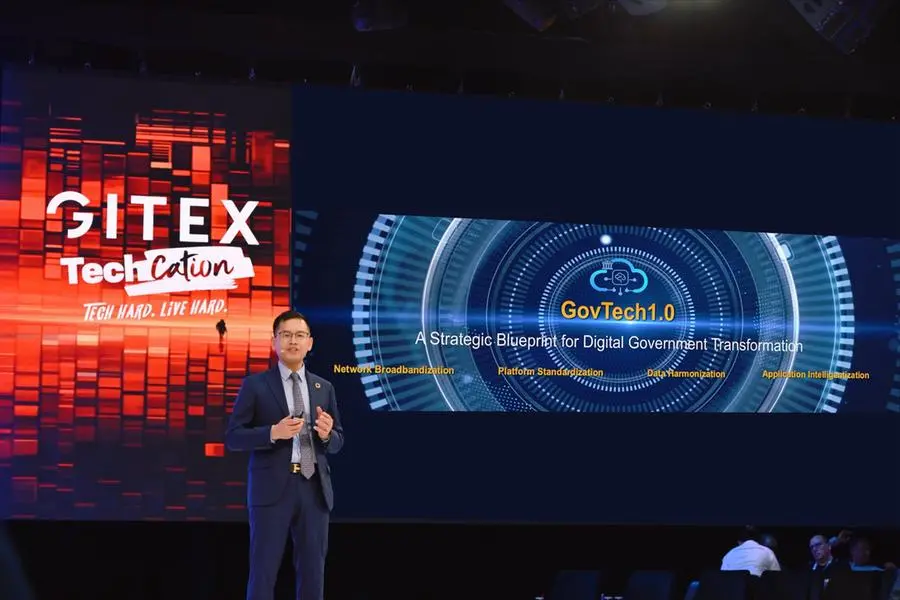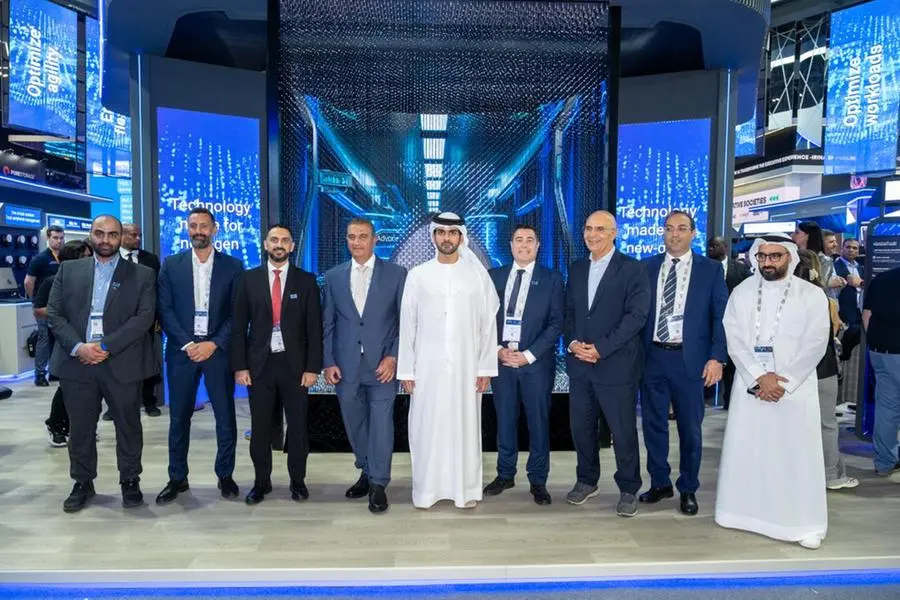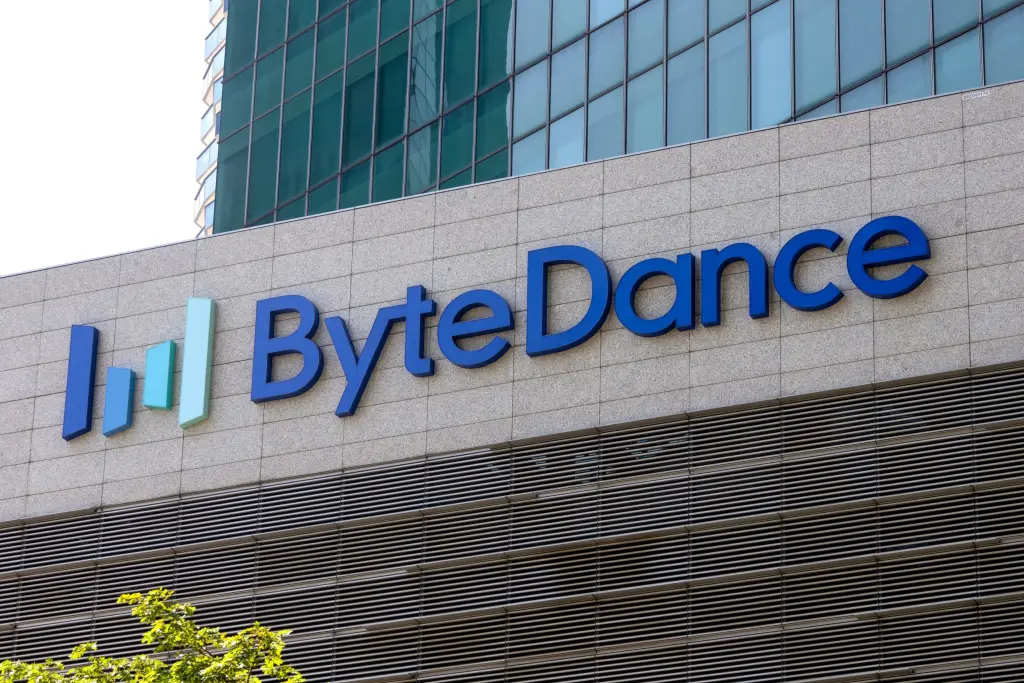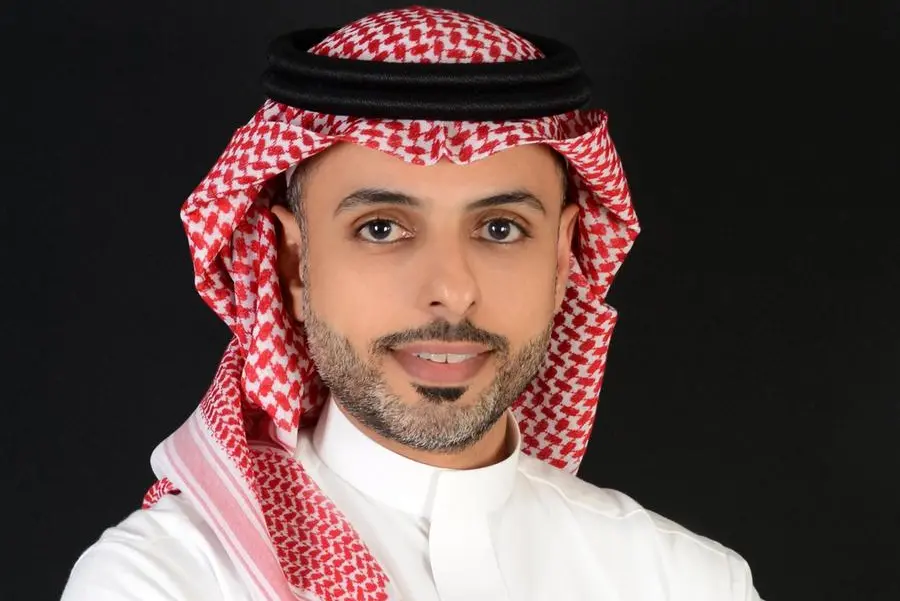At GITEX GLOBAL 2025 in Dubai, global technology leader Huawei launched its GovTech1.0 Framework, a comprehensive strategic blueprint designed to accelerate the digital and intelligent transformation of governments. The announcement was made by Allen Tang, President of Huawei’s Middle East & Central Asia ICT Marketing & Solution Sales Department, who detailed how the new framework can help governments navigate their digital journey and enhance competitiveness.
A Blueprint for Intelligent Governance
The GovTech1.0 Framework is a result of deep insights into the development patterns of digital governments and extensive research on transformation practices across the Middle East and Central Asia. It provides a strategic guide for intelligent governance across four key dimensions: infrastructure, platform architecture, data value, and application efficiency. The framework leverages Huawei’s core strengths in connectivity, cloud, and computing to integrate smart networks, unified platforms, and advanced AI to power digital portals, governance, public services, and emergency response systems.
MENA Governments Leading the Digital Charge
During the launch, Tang highlighted the rapid digital progress in the Middle East and Central Asia, referencing the UN’s E-Government Development Index (EGDI). He noted that more than 170 countries have issued national digital strategies, with many governments in the region now on a fast track to digitalization. Nations like Saudi Arabia, the UAE, and Kazakhstan were cited as pioneers that have achieved significant breakthroughs in service efficiency and data governance, establishing themselves as regional leaders in developing core frameworks for intelligent government.
The Four Pillars of GovTech1.0
The framework is structured around four foundational concepts aimed at addressing common challenges in public sector digitalization.
- Network Broadbandization: This pillar focuses on building high-bandwidth, multi-service, and integrated e-government private networks. This creates a solid foundation for deploying intelligent applications by addressing demands for digital offices, diverse urban access, and secure government service networks.
- Platform Standardization: To counter issues like dispersed resources and complex O&M, this concept advocates for a unified cloud infrastructure. This allows governments to centrally manage and dynamically allocate computational resources in a flexible, reliable, and secure manner.
- Data Harmonization: This pillar addresses challenges related to data access, quality, and security. By building a unified data integration platform, governments can eliminate bottlenecks, improve data governance, and enable the secure circulation of high-quality data to unlock its true value.
- Application Intelligentization: To shorten development cycles and boost innovation, this concept proposes one-stop application and AI development tools. Huawei’s DevCloud and ModelArts platforms are key components, providing end-to-end support to improve development efficiency and facilitate AI integration into government applications.
About Huawei
Founded in 1987, Huawei is a leading global provider of information and communications technology (ICT) infrastructure and smart devices. We have more than 208,000 employees, and we operate in more than 170 countries and regions, serving more than three billion people around the world. Our Vision and mission is to bring digital to every person, home and organization for a fully connected, intelligent world.
Source: Zawya















